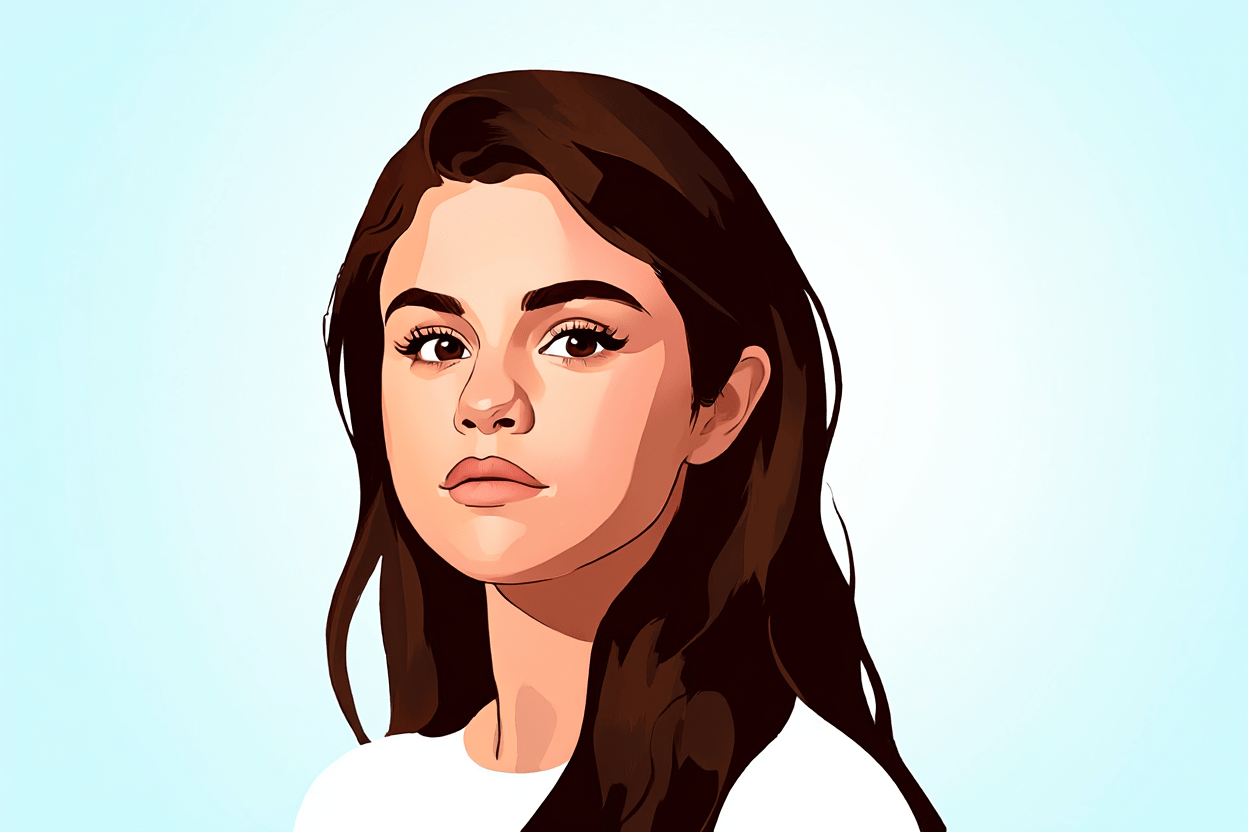The Rare Revolution: How Selena Gomez Is Redefining Beauty from the Inside Out

The morning light filters through floor-to-ceiling windows at Rare Beauty's Los Angeles headquarters, casting a warm glow on rose-gold fixtures and minimalist displays. But this isn't just another celebrity beauty brand's showroom. There's something different in the air here—a palpable sense of purpose that extends far beyond the sleek packaging and Instagram-worthy aesthetics.
When Selena Gomez launched Rare Beauty in September 2020, the timing seemed almost defiant. The world was in the grip of a pandemic, traditional retail was faltering, and the beauty industry was already saturated with celebrity-backed ventures. Yet four years later, Rare Beauty has emerged not just as a commercial success, but as a cultural phenomenon that's fundamentally shifting conversations around beauty, mental health, and self-acceptance.
Beyond the Surface
"I wanted to create something that felt real," Gomez has said of her vision for the brand. It's a deceptively simple statement that belies the radical nature of what Rare Beauty represents in an industry built on aspiration and unattainable standards. From the beginning, the brand's ethos has been rooted in celebrating imperfection and finding beauty in authenticity—concepts that resonate deeply with a generation exhausted by filtered reality.
The product line itself reads like a love letter to individuality. The Soft Pinch Liquid Blush, which became a viral sensation on TikTok, delivers pigment so intense that users need only the tiniest drop—a metaphor, perhaps, for the brand's philosophy that a little authenticity goes a long way. The Stay Vulnerable collection of glossy lip creams bears names that wouldn't be out of place in a therapy session: "Nearly Neutral," "Almost Fragile," "Slightly Selfish."
The Mental Health Mission
What truly sets Rare Beauty apart is its unwavering commitment to mental health advocacy. One percent of all sales goes directly to the Rare Impact Fund, which aims to raise $100 million to address gaps in mental health services for underserved communities. It's not just corporate philanthropy—it's woven into the brand's DNA.
"Beauty should make you feel good, not just look good," the brand's philosophy states, and this isn't mere marketing speak. Rare Beauty's campaigns feature models of all ages, sizes, and backgrounds, often captured in moments of genuine emotion rather than posed perfection. The brand's social media presence prioritizes mental health resources alongside product launches, creating a community that extends far beyond cosmetics.
The Numbers Game
From a business perspective, Rare Beauty has defied skeptics who dismiss celebrity beauty brands as vanity projects. Industry insiders estimate the brand's valuation at over $2 billion, with products consistently selling out at Sephora stores worldwide. The Soft Pinch Blush alone has generated hundreds of millions of views on TikTok, creating a new generation of beauty enthusiasts who prize authenticity over artifice.
But perhaps more telling than sales figures is the brand's cultural impact. Rare Beauty has sparked conversations about inclusive shade ranges, sustainable packaging, and the responsibility of beauty brands to address the mental health crisis exacerbated by social media. It's become a case study in how to build a beauty brand for the Instagram generation while simultaneously challenging the platform's culture of perfection.
The Gomez Effect
Selena Gomez's personal journey with lupus, anxiety, and bipolar disorder has been well-documented, and her openness about these struggles lends Rare Beauty a credibility that money can't buy. When she speaks about beauty being "rare," it carries the weight of someone who has faced her own mortality and emerged with a different perspective on what truly matters.
"I wanted to create a safe space where people could feel seen and heard," Gomez explained in a recent interview. This vision extends to Rare Beauty's retail presence, where staff are trained not just in product application but in creating an inclusive, pressure-free environment for customers exploring their relationship with beauty.
The Future of Rare
As Rare Beauty enters its fifth year, the brand shows no signs of slowing down. Recent expansions into skincare and body care suggest a holistic approach to beauty that aligns with growing consumer demand for multi-functional, mindful products. Collaborations with mental health organizations continue to deepen, with plans for Rare Beauty "Mental Health 101" spaces in select stores.
Industry observers note that Rare Beauty's success has inspired other brands to integrate social impact into their core missions rather than treating it as an afterthought. It's a shift that reflects changing consumer values, particularly among Gen Z shoppers who expect brands to stand for something beyond profit.
A Rare Legacy
In an era when celebrity beauty brands launch and disappear with dizzying frequency, Rare Beauty has established itself as something more enduring: a movement. By centering mental health, celebrating individuality, and creating products that genuinely enhance rather than mask, Selena Gomez has built more than a beauty empire—she's created a new paradigm for what beauty brands can and should be.
As I leave the Rare Beauty headquarters, passing walls adorned with user testimonials about finding confidence and community, it's clear that this is more than just another stop on the celebrity beauty carousel. It's a reflection of a generational shift in how we think about beauty, mental health, and the courage it takes to be imperfect in a filtered world.
In making beauty "rare," Selena Gomez has paradoxically made it more accessible than ever. And in an industry that trades on exclusivity, that might be the most revolutionary act of all.